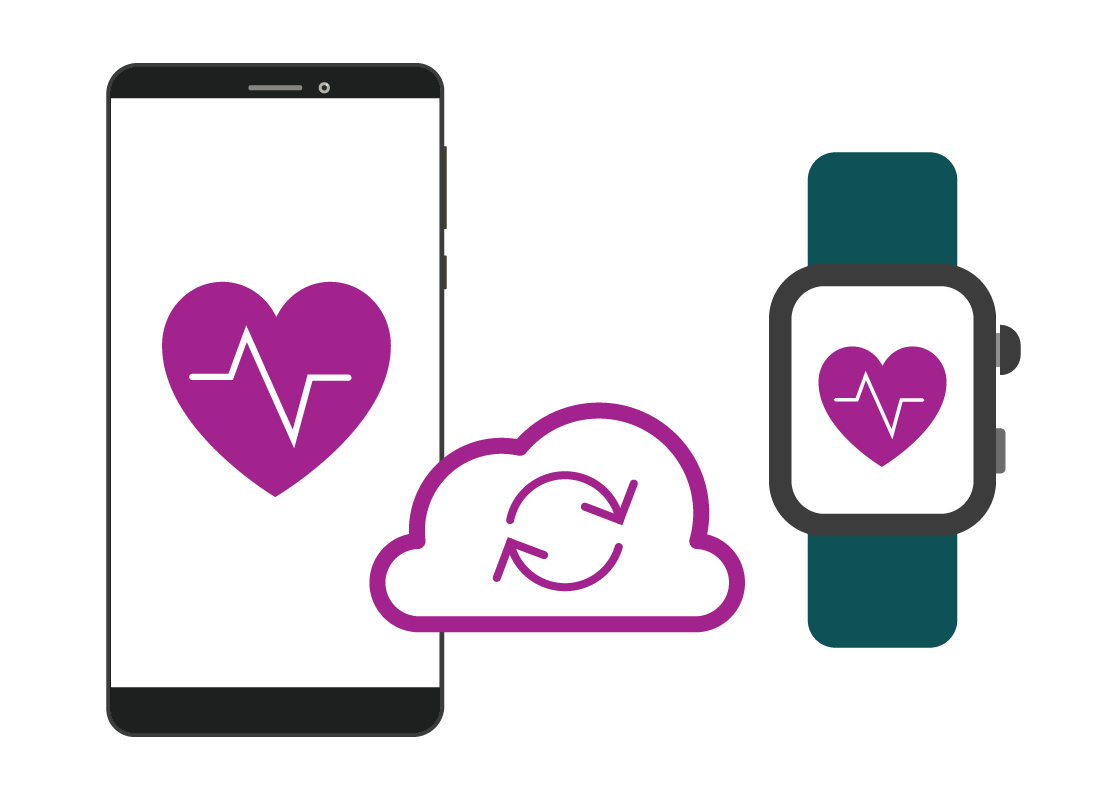How apps and the cloud help with your health
How apps and the cloud help with your health
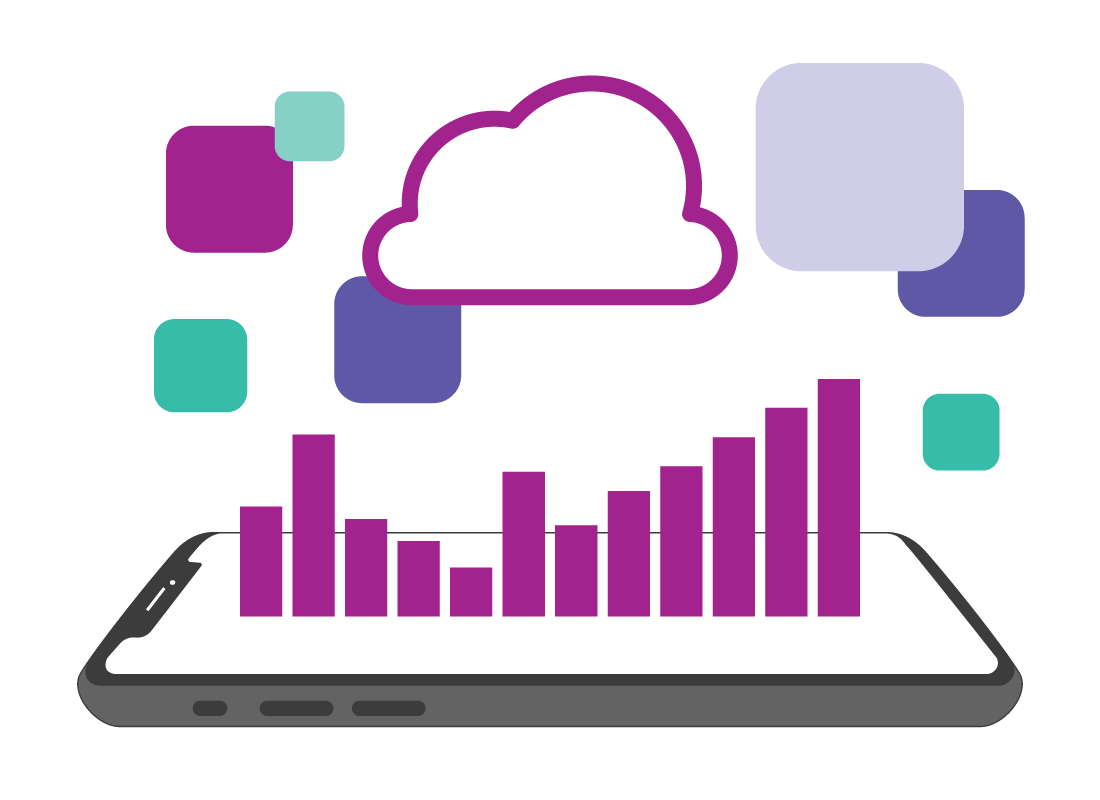
What's coming up?
In this activity you will find out more about how apps work with your devices to monitor your health. You’ll learn:
- How devices connect
- How apps make sense of the data they collect
- What role the cloud plays when it comes to monitoring and tracking your health.
Smartphones have a built-in health suite
Your smartphone includes a free health suite, which is a full-featured app that can analyse a range of data. They can track your health, monitor what you are doing, and even connect to other health apps. The health suite you can use depends on your phone:
- iPhone uses Apple Health
- Android uses Google Fit
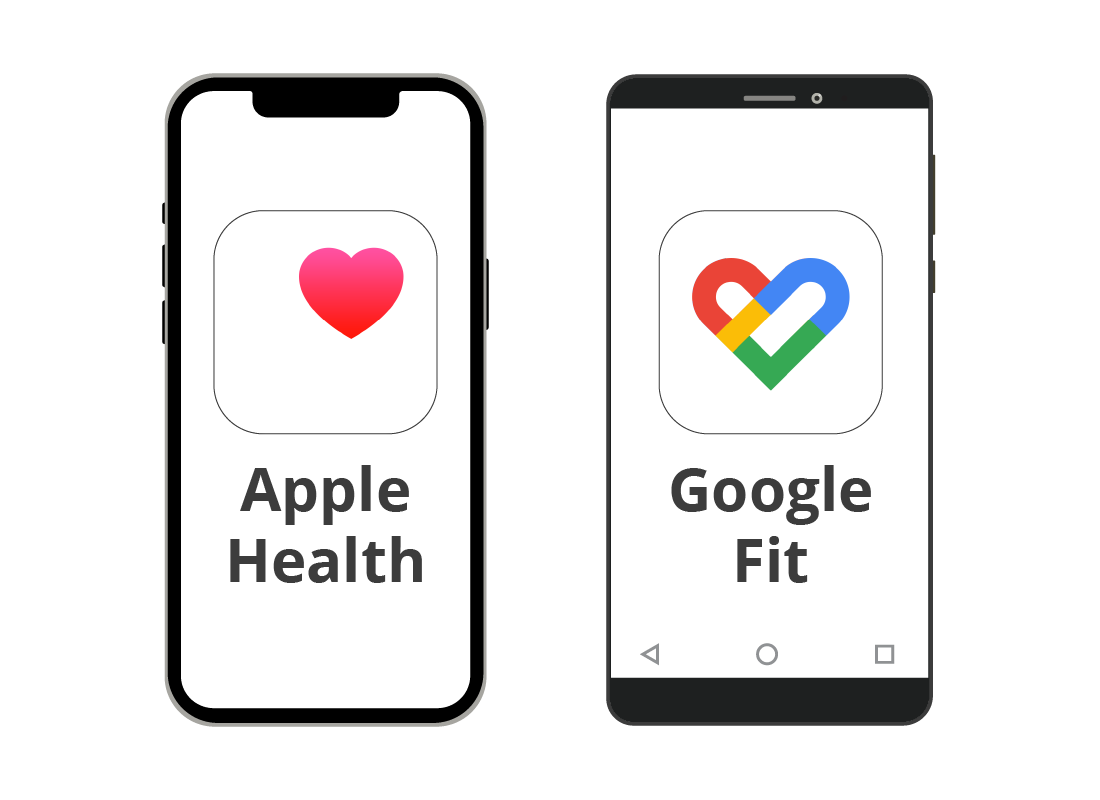

What a health suite app tracks
Your health suite app will track how many steps you take each day, and makes a guess at what exercise you are currently doing to track that as well.
If you use a smartwatch, your health suite app can also track your heart rate, quality of sleep, and your blood oxygen level too.
Sleep tracking
The amount and quality of sleep you get each night can affect your overall health. Health suite apps analyse your sleep by tracking what time you go to bed, how long you sleep for, and the duration of different sleep stages, such as deep sleep and Rapid Eye Movement (REM) sleep.
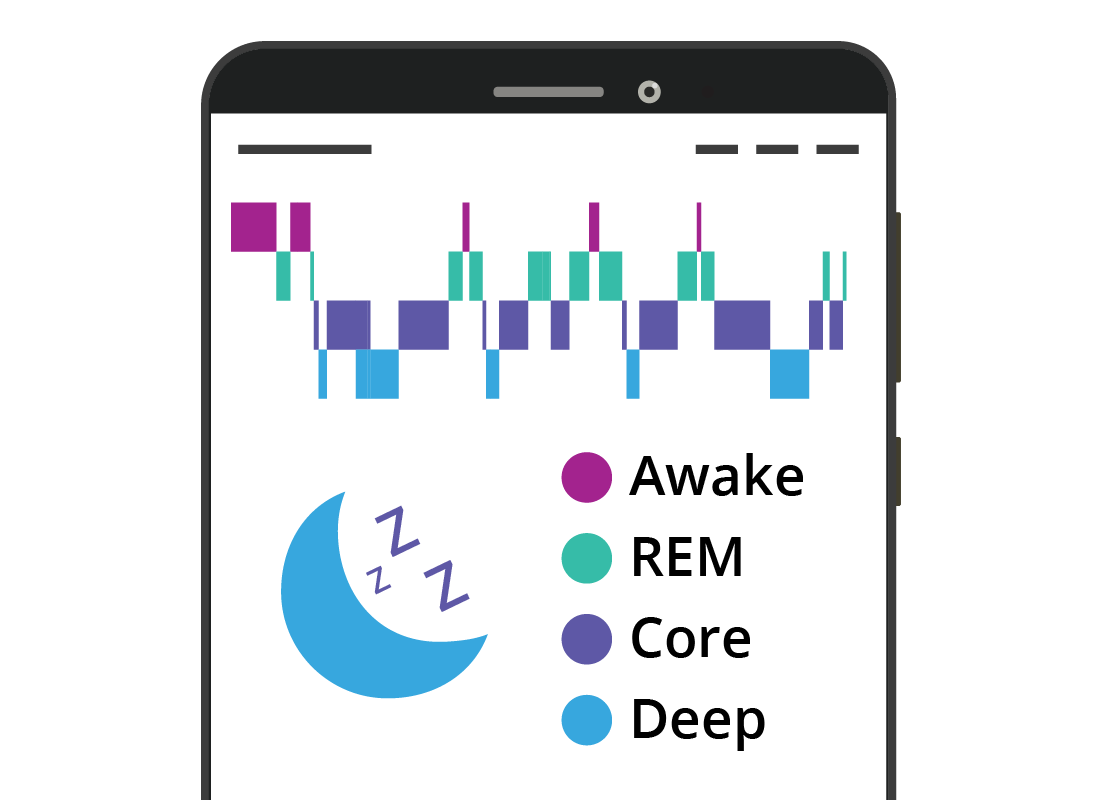
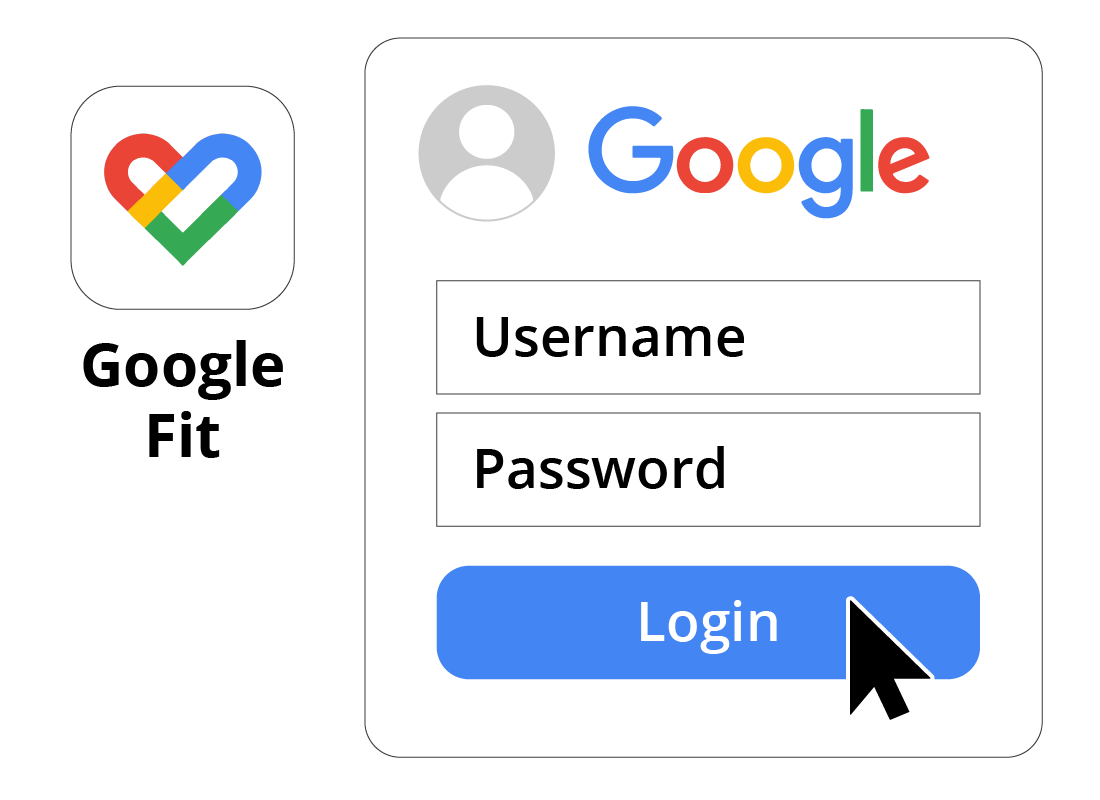
Health suite apps need an account
Health suite apps usually need a free account, or they can use your phone account, such as your Google, Apple, or Samsung account. Some also offer extra features if you pay a subscription of around $10-15 a month.
How a health suite app works
The health suite app runs all the time in the background on your phone, counting your steps, and detecting when you start more strenuous exercise. You can also let the phone know you are starting an exercise by choosing an activity (such as going for a walk) on the app’s interface in your phone’s display.

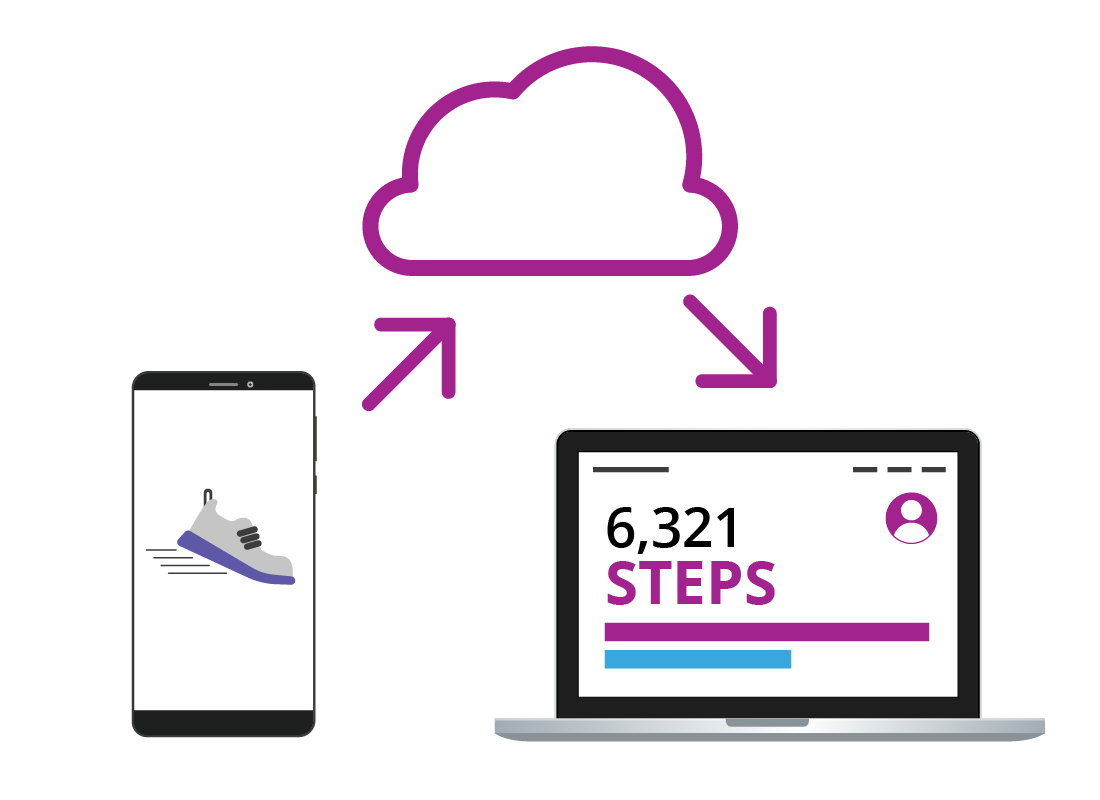
How health apps work with the cloud
Some health suites and other health apps will upload data to the cloud, so you can access it from any device. For example, your phone might gather data from your daily walk, and then you can see how many days in a row you’ve walked for, on a web page that you log into with your health account username and password.
The Google Fit and Apple Health suites that come with Android devices and iPhones, however, can’t be viewed on a web page on your computer.

eSafety tip
A health suite app will use up some of your phone’s battery and you may find you have to recharge more regularly. Health suite apps that connect to the cloud will use some of your data allowance, but it’s such a small amount you don’t need to worry about it.
Carrying your device with you
The health suite app only works if you carry your phone everywhere you go, ideally in your pocket. If you leave the phone on a table when you exercise, it can’t detect your movement and won’t track the exercise.


How a smartwatch helps
If you choose to use a smartwatch, this can help track your exercise more accurately, because you wear the watch all day and don’t need to keep your phone on your person at all times.
The smartwatch connects to your phone via a wireless Bluetooth connection, and shares data it collects when the phone is in range.

eSafety tip
If you have a medical device from your doctor, your phone or watch shouldn’t take priority as the advice these apps give is general. Always follow your doctor’s advice first and keep going to regular check-ups.
Well done!
This is the end of the How apps and the cloud help with your health. You’ve learned how apps gather data from your devices and help you make sense of it so you can monitor your health.
Up next, you can find out about How technology helps motivate healthy living by using your data to tailor health advice for you and help you make a health plan.
